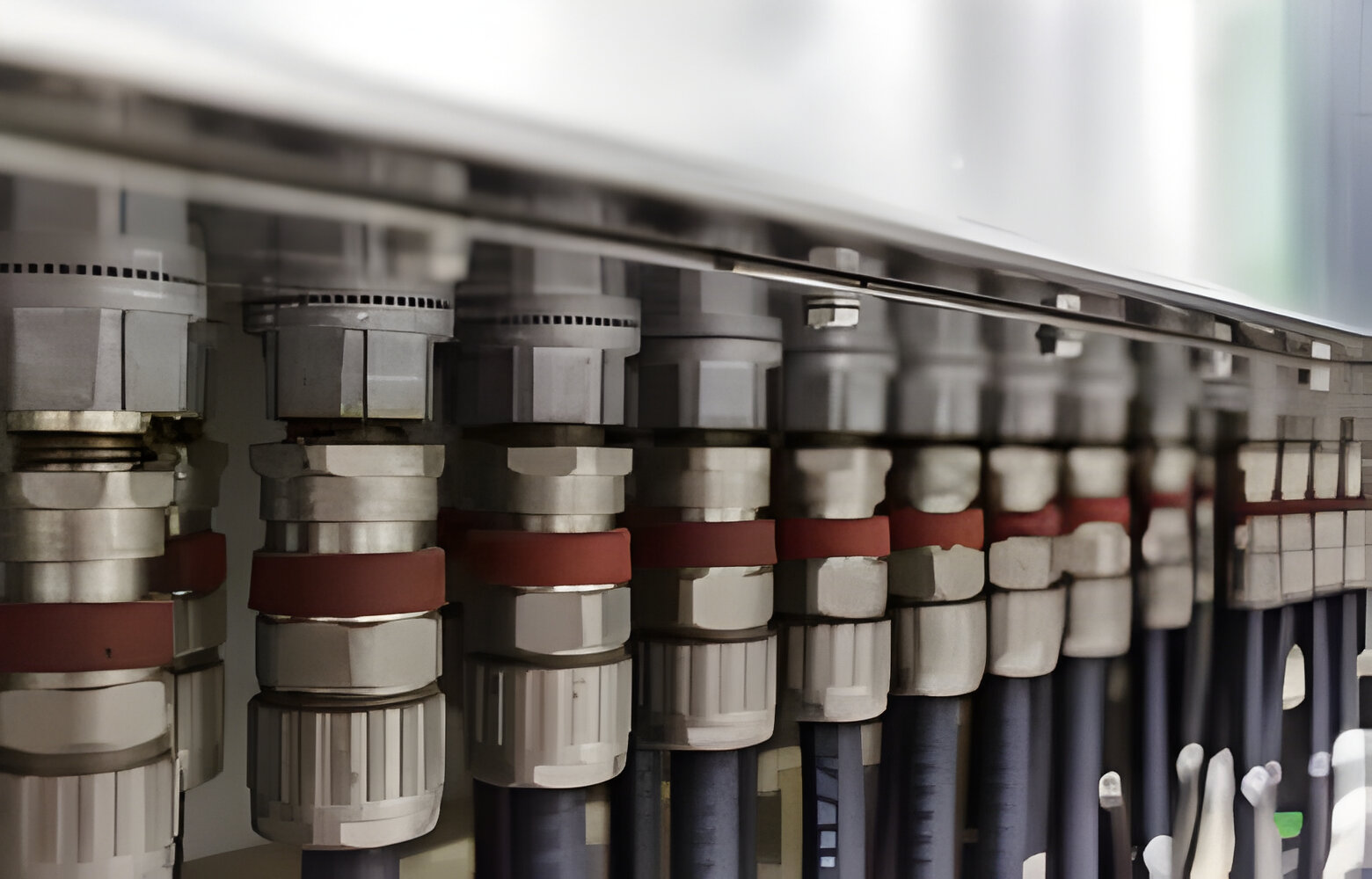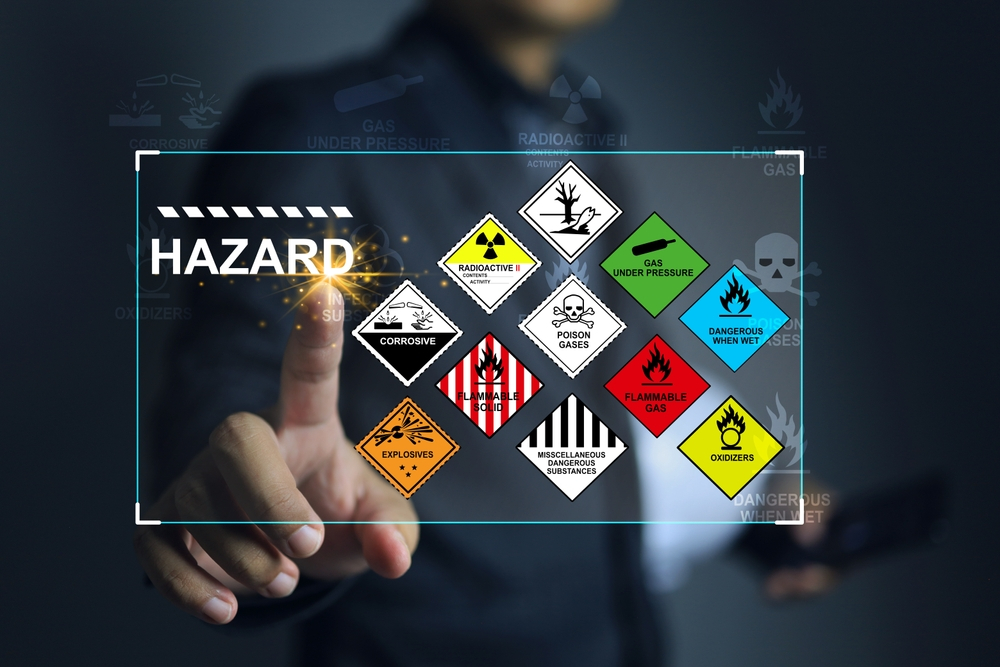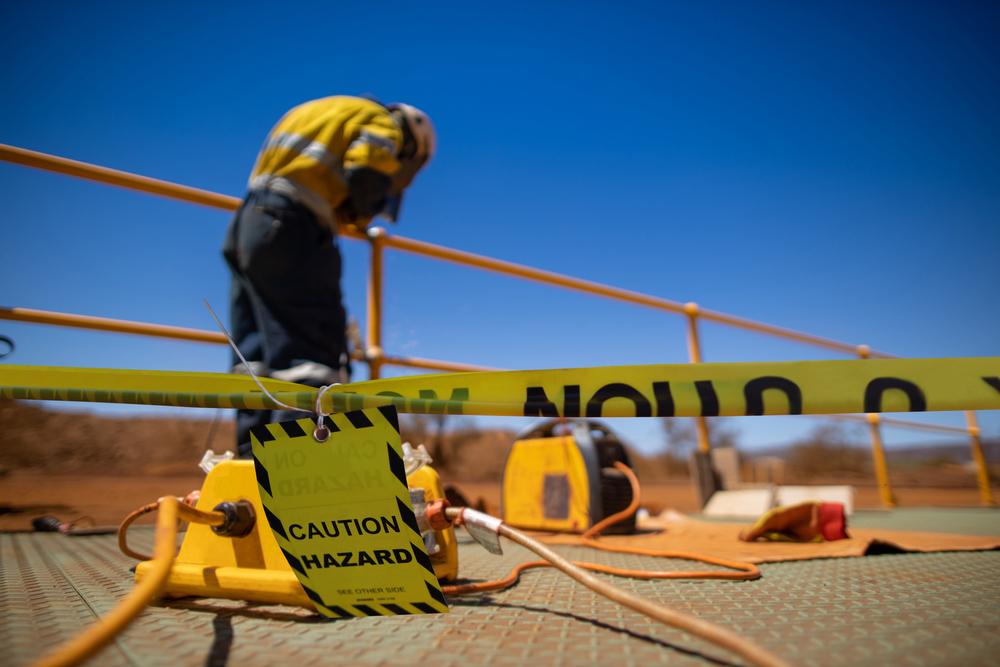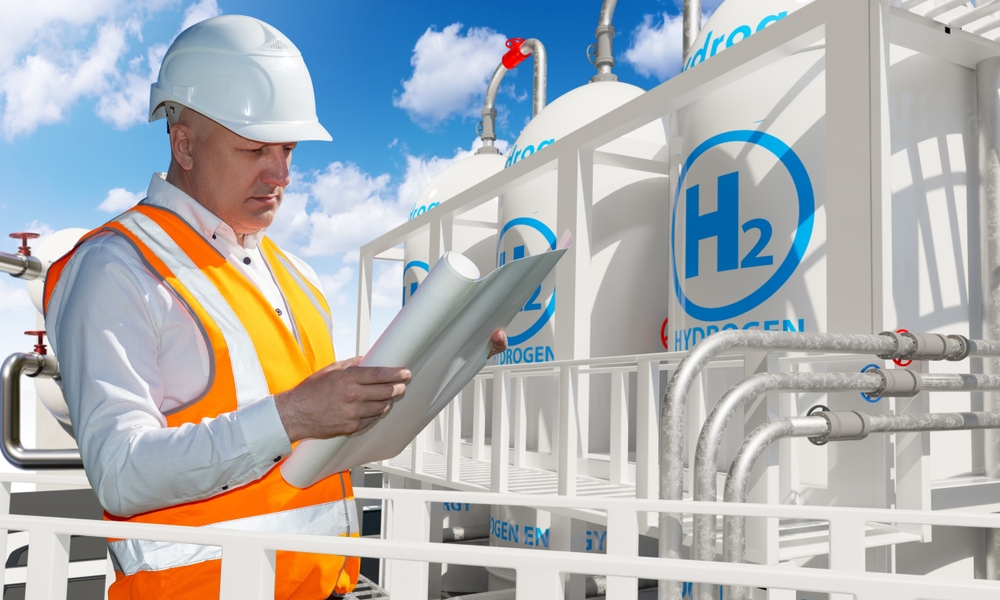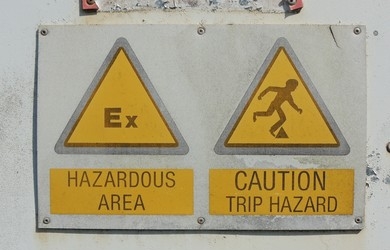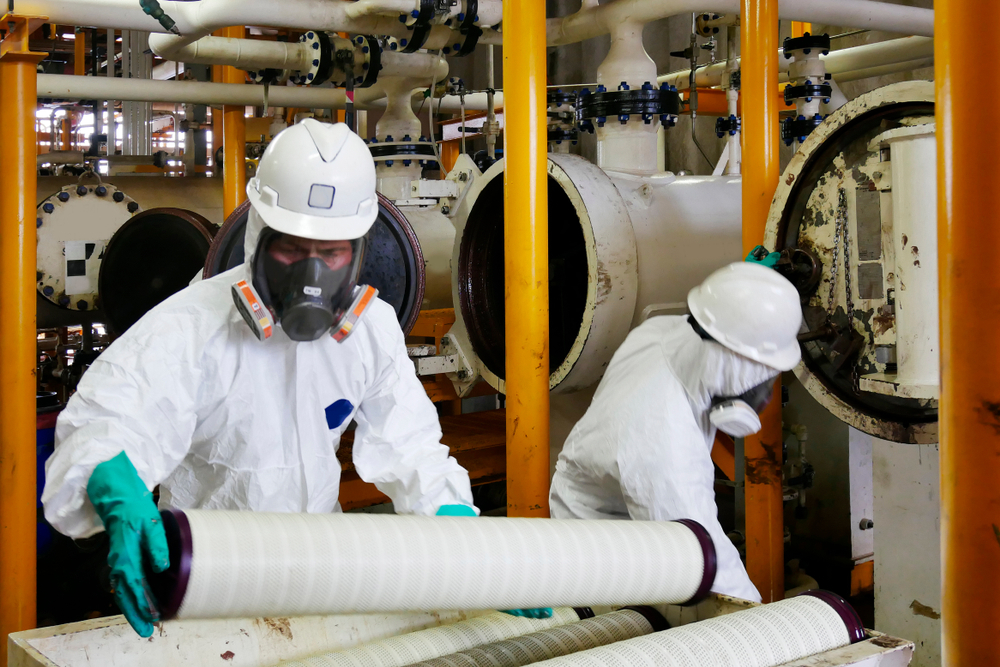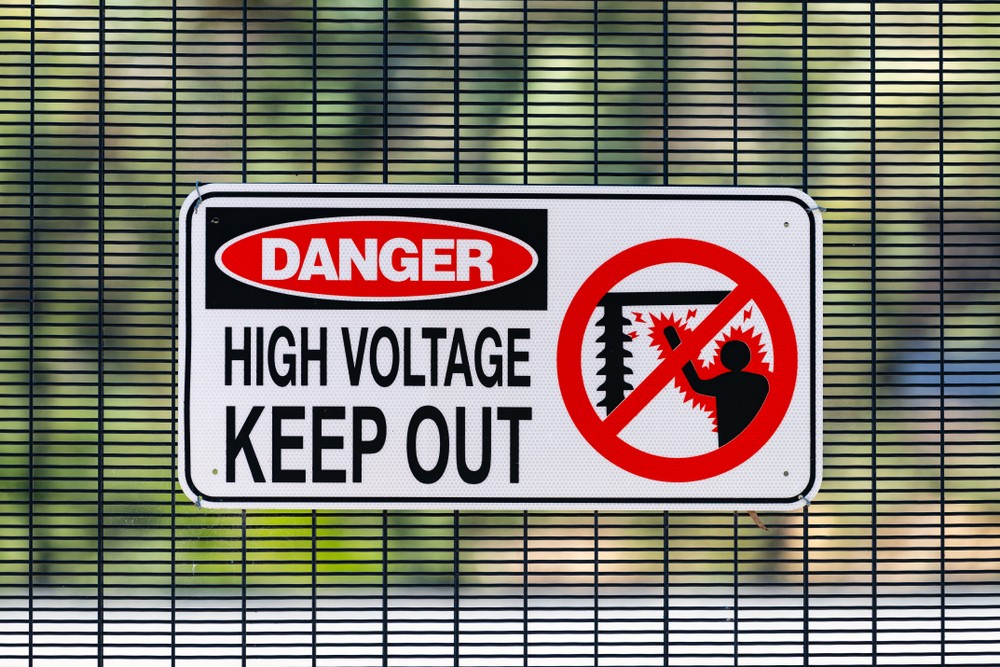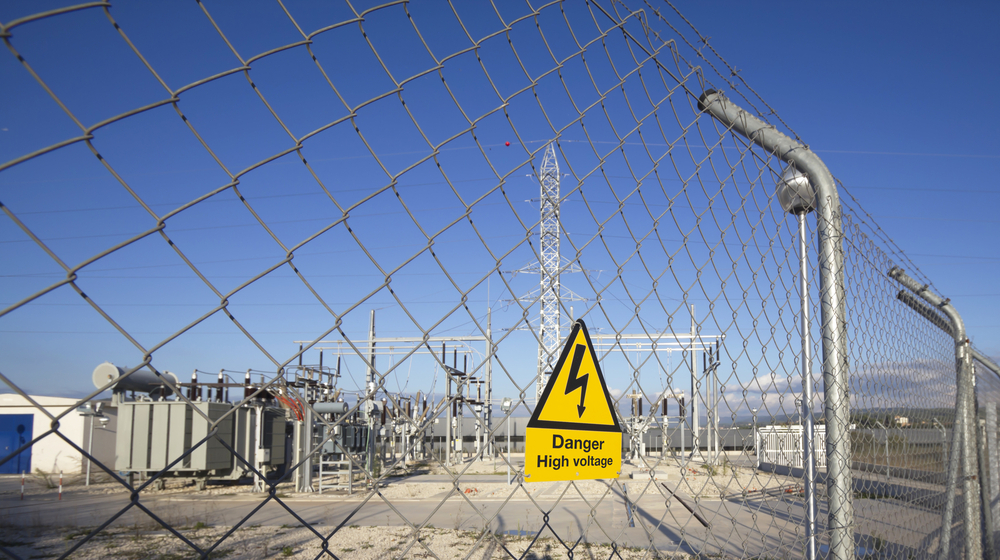The most common practice for the use of Ex d barrier glands is in flameproof installations, where they are used to prevent flame from any explosion that may occur inside the equipment from travelling down through the cable. However, for process-connected equipment like instrumentation, where there is only a single process seal, like an O-ring… Continue reading Correct Practices of Using Barrier Glands in Hazardous Areas
Tag: Hazardous Area Course Perth
Nationally Accredited Training in Hazardous Area Classification and Design
Training in Hazardous Area Classification (HAC) and Design typically covers identifying, assessing, and mitigating the risks associated with potentially explosive atmospheres in industrial settings.
Navigating Safety: The Role of Engineers in Hazardous Area Design and Planning
Engineers play a pivotal role in ensuring these areas are functional and safe for workers and the surrounding environment. This blog explores the critical role of engineers in Hazardous Area Design and Planning.
Ensuring Safety: Navigating the Complex Terrain of Hazardous Area Design for Chemical Storage Facilities
Potentially dangerous materials require meticulous planning and design to ensure the safety of both personnel and the surrounding environment.
PMV: Finalist for WA Small Training Provider of the Year 2023 at WA Training Awards
Project Management Vision (PMV), a distinguished professional vocational training institute based in Perth, proudly announces its selection as a finalist for “WA Small Training Provider of the Year 2023” at the prestigious WA Training Awards. This recognition underscores PMV’s commitment to providing high-quality education and its contributions to the field of competency-based training in electrical… Continue reading PMV: Finalist for WA Small Training Provider of the Year 2023 at WA Training Awards
Types of Hazardous Area Equipment And Their Applications
Explosion-protected (Ex) Certified Equipment and Their Applications Hazardous areas are locations where the atmosphere contains substances that can ignite and cause explosions or fires. These areas are common in industries such as oil and gas, chemical processing, pharmaceuticals, mining, food processing, and more. To ensure safety, hazardous areas are classified into zones based on the… Continue reading Types of Hazardous Area Equipment And Their Applications
Working in Hazardous Areas: Safety Measures
In industries such as chemical, food processing, breweries, pharmaceutical, defence, mineral processing, grain handling, petrol pumps and oil and gas facilities, flammable gases or combustible dust is likely to be released. Thus, workers face potential risks to their health and safety as these substances can cause fires, explosions, or toxic exposure. To ensure the well-being… Continue reading Working in Hazardous Areas: Safety Measures
Certificate IV in Hazardous Areas – Must Have Skills for Working in Hazardous Areas
Upgrade your skills with the right training! Certificate IV in Hazardous Areas: Electrical qualification is the perfect way for licensed electricians to upskill and stay ahead of the curve. With this qualification, you’ll develop the skills to safely select, install, commission, maintain and test explosion-protected equipment and systems. You’ll also understand how explosion protection techniques… Continue reading Certificate IV in Hazardous Areas – Must Have Skills for Working in Hazardous Areas
What is Classification of Electrical Hazardous Area?
Hazardous Area classification (HAC) is a method of analysing and classifying the environment where explosive gas atmospheres may occur to facilitate the proper selection and installation of equipment to be used safely in that environment. For instance, oil and gas facilities, fertiliser plants, mineral processing facilities, gas stations or service stations are considered hazardous regions.… Continue reading What is Classification of Electrical Hazardous Area?

